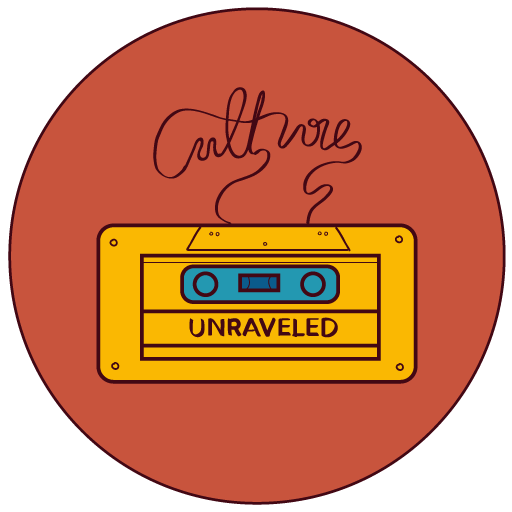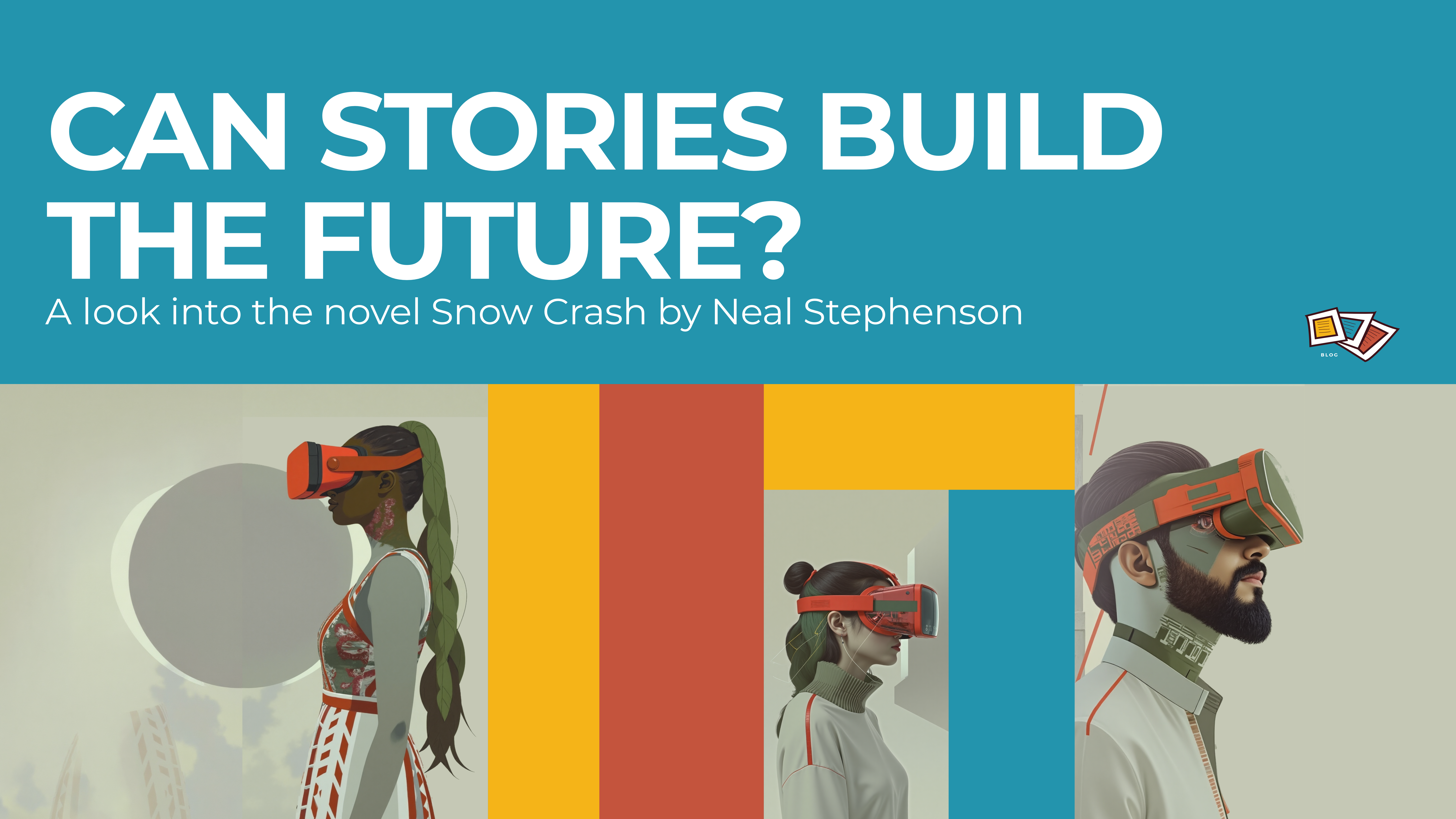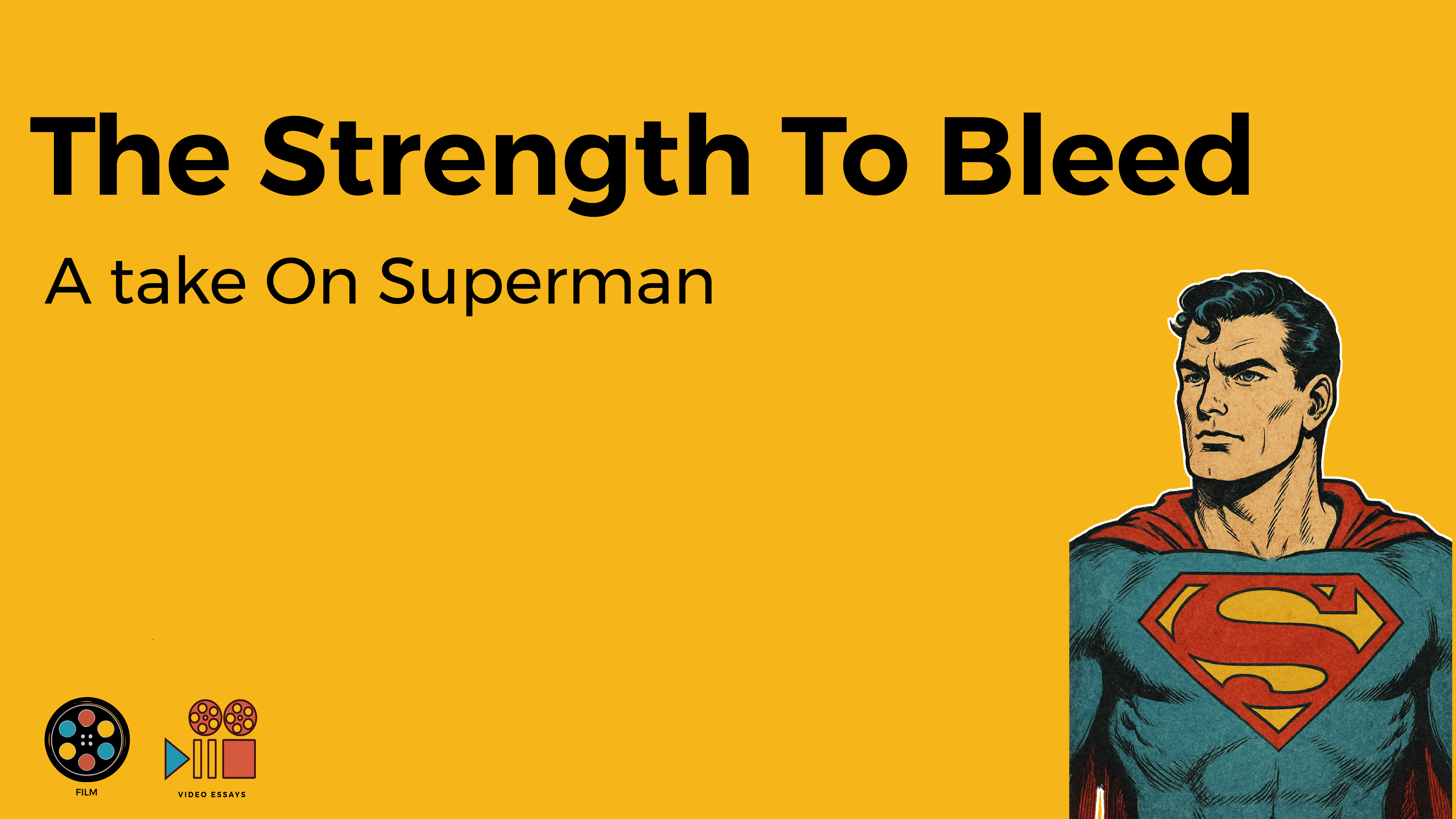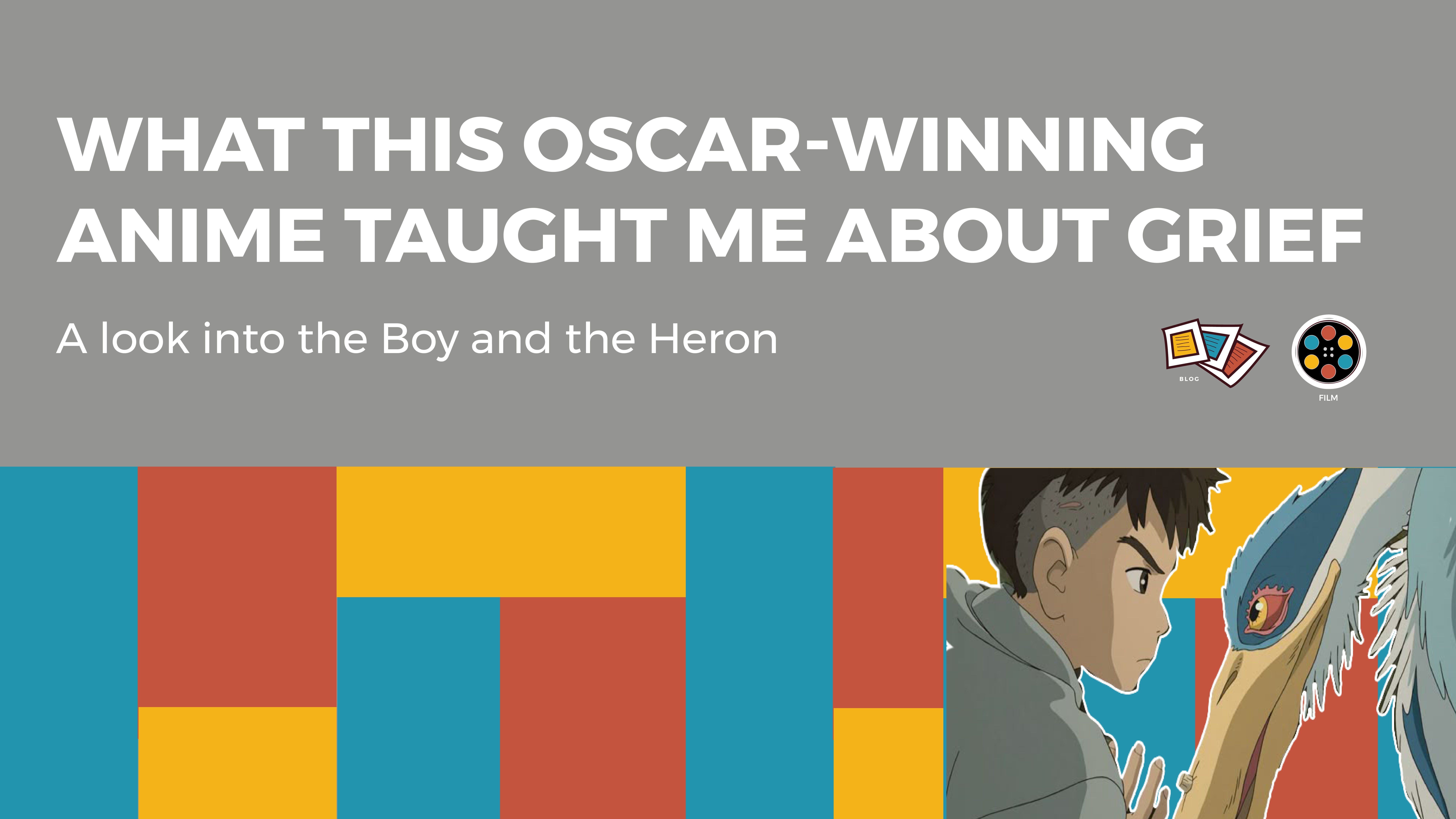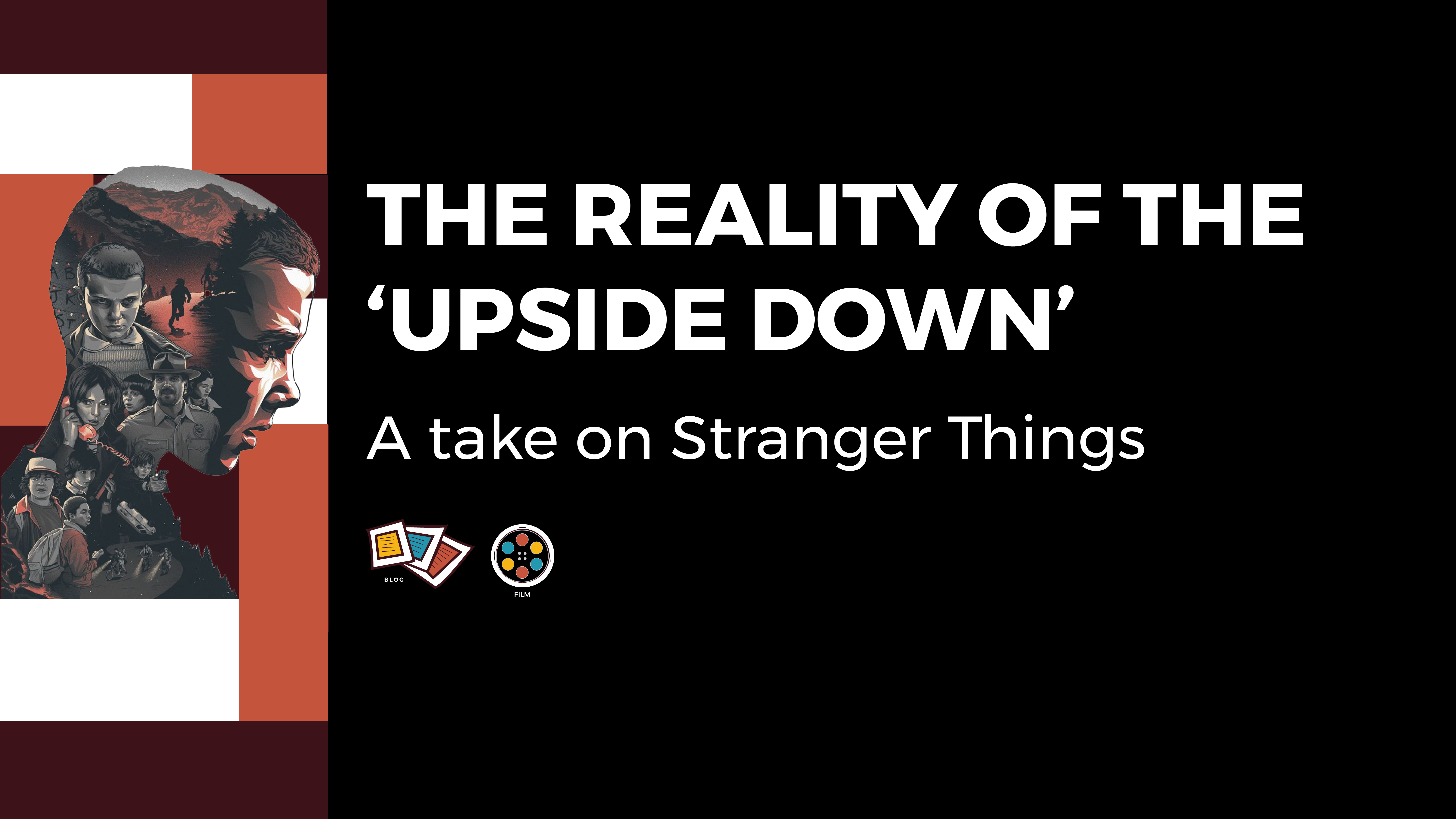
In the world of Stranger Things, Hawkins is just another sleepy midwestern town, but as the show progresses we come to realise it has a hidden twin, the ‘Upside Down’. The ‘Upside Down’ is an exact copy of Hawkins, it isn’t some alien planet or parallel dimension with its own strange geography, it isn’t a separate dimension in the sci-fi sense of a brand new world. It’s the same streets, the same buildings, the same houses, but decaying. The trees are bare, the air is heavy and dark, and everything is bathed in a lifeless greyish tint. It is the world as it should be, but overlaid with rot and decay.
It’s a brilliant yet unsettling metaphor, because it suggests that corruption doesn’t always replace what is good, it inhabits it. It distorts, disfigures, and drains life from what was once vibrant. The Upside Down is terrifying not because it’s unrecognizable, but because it’s so familiar.
But this isn’t really a new idea. It’s an ancient one, and perhaps most famously a Biblical one.
The opening pages of Genesis describe the world as it was meant to be, a garden brimming with life and beauty, harmony between Creator, creation, and humanity.
But the story doesn’t stay there. Something enters the picture, call it sin, corruption, the fracture, and from that moment on, the good creation is no longer untouched. It is still the same world, but it has been bent.
The Bible doesn’t describe this as a total annihilation of goodness. The world is not wholly evil; beauty still exists. But it is mixed now with brokenness. It’s the same garden, but with thorns. The same human relationships, but now tainted by mistrust and pain. The same earth, but under the shadow of decay. This is exactly why the Upside Down lands so hard, because it’s not the destruction of the world, it’s the distortion of it.
But here’s the uncomfortable part, in both the fictional and the real world, it’s possible to get used to this decay. The longer you live with the distortion, the easier it is to forget what the unbroken version looked like. People in Hawkins go about their business, as if the Upside Down weren’t breathing down their necks. It’s strange how quickly the mind adjusts, how easily the unnatural can feel ordinary. The danger isn’t just the darkness itself, but how easily it becomes familiar. In our own lives, the longer the shadows linger, the more we mistake them for the way things have always been.
So if this idea has its roots in ancient stories, specifically the Biblical narrative, it might be worth looking into what solution the same narrative offers.
The Biblical solution to this isn’t escapism, as if the goal is to flee to some “other” place and abandon the one we know. It’s restoration, the work of reclaiming what’s been corrupted. It’s the conviction that the original good is still worth fighting for, even if it’s been deeply corrupted.
In Stranger Things, this takes the form of small but meaningful acts, like Joyce stringing Christmas lights to reach her son, Hopper, the police chief, making breakfast for a lost girl like Eleven, or friends risking themselves to pull one another back from the dark. None of these gestures destroy the Upside Down, but they keep its shadow from being the only reality that’s remembered.
That’s why this metaphor matters. If the Upside Down were simply a different world, the answer would be simple: avoid it. But if it’s our own world, twisted, then the work is harder and more personal. It’s about knowing what the world is meant to be, refusing to accept the broken version as the final word, and holding on to the memory, and the hope, that what has been corrupted can be made whole again.
We live in a world where the darkness feels overwhelming, corruption, injustice, and suffering are seemingly never ending, but the brokenness of the world doesn’t define its potential; our response to it does, and stories like Stranger Things reminds us that redemption isn’t just possible, but necessary. So if we truly embraced that pursuit, if we truly engaged ourselves in being a part of that redemption, how far could we go in mending what’s been broken?
_________________________________________
Written by Ben Joshua
